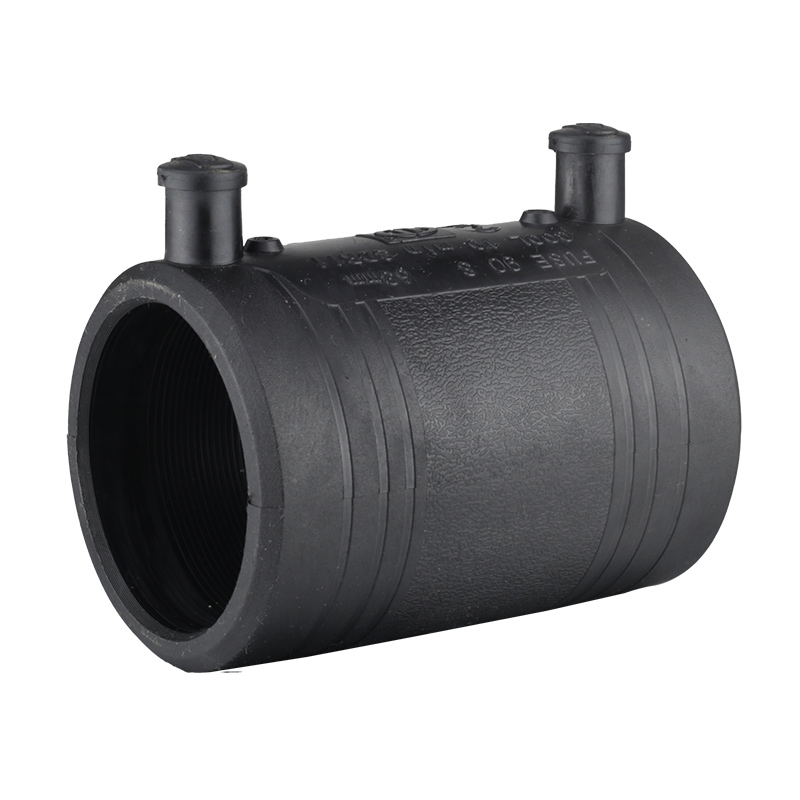As consumers, we encounter various products every day, from the food we eat to the clothes we wear. However, not all products are created equal, and they can be classified into two main categories: consumer products and industrial products.
Consumer products are those that are purchased by individuals for personal use or consumption. They can be further classified into four subcategories: convenience products, shopping products, specialty products, and unsought products.
Convenience products are those that consumers buy frequently and with minimal effort, such as snacks, toiletries, and household supplies. Shopping products, on the other hand, require more research and comparison before purchase, such as clothing, furniture, and electronics. Specialty products are unique or high-end items that consumers are willing to go out of their way to purchase, such as luxury cars, designer clothing, and gourmet food. Finally, unsought products are those that consumers do not actively seek out, such as funeral services or insurance.
Industrial products, also known as business-to-business (B2B) products, are those that are used in the production of other goods or services. They can be further classified into three subcategories: materials and parts, capital items, and supplies and services.
Materials and parts are raw materials or components that are used in the manufacturing process, such as steel, plastic, and electronic components. Capital items are long-term investments that are used in the production process, such as machinery, buildings, and vehicles. Finally, supplies and services are goods and services that are used in the day-to-day operations of a business, such as office supplies, cleaning services, and legal services.
Understanding the classifications of products is essential for businesses to develop effective marketing strategies and target the right audience. By identifying the type of product they offer, businesses can tailor their marketing efforts to reach the appropriate consumer or business audience.
In conclusion, the two classifications of products are consumer products and industrial products. Consumer products can be further classified into convenience products, shopping products, specialty products, and unsought products, while industrial products can be classified into materials and parts, capital items, and supplies and services. By understanding these classifications, businesses can develop effective marketing strategies and target the appropriate audience.





More Stories
550 km Range: What the Audi Q5 e-tron Means for Long-Distance EV Driving
Top Benefits of Nicotine Substitutes for a Healthier Lifestyle
Top Gift Boxes Pen Options to Elevate Your Personalized or Promotional Pens